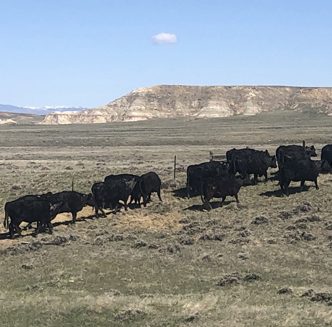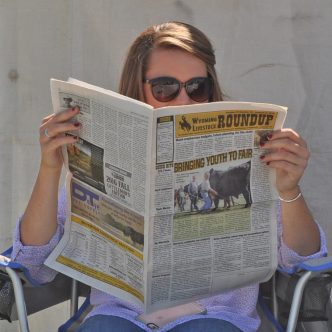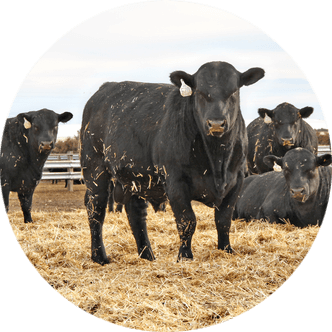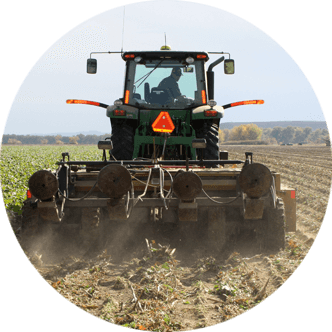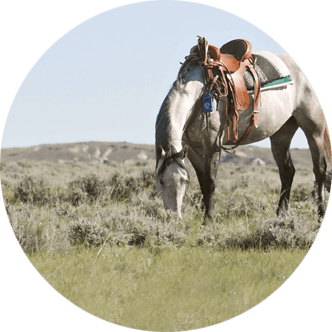It’s the Pitts: Judging the Halter
“They stopped judging chickens when they learned to count eggs,” Anonymous.
I enjoyed some success on my collegiate livestock judging team, so after college I was asked to judge some cattle shows.
I was better at judging horses and sheep, but I never did get asked to judge a horse show which was probably for the best. I’m told halter horse owners who lose can become quite irate, to the point of fingering a firearm in their shoulder holster as an enticement to see things their way.
I was a terrible swine judge, and the porkers all looked the same to me. A seasoned and well-traveled swine judge once told me, when explaining his reasons for picking his grand champion, he just picked someone in the crowd and described the person with god-like superiority.
The 1970s were a terrible time to be a cattle judge because the industry was in a quandary as to whether it wanted them tall and long or short and dumpy. Oops, the grammar police would have me say “vertically challenged” instead.
In high school I worked on a ranch that once owned an International Grand Champion Angus Bull, and the photos of him show he was belt-buckle high to a fourth grader. I called such cattle “belly draggers” because you couldn’t see any daylight underneath them.
I really didn’t like judging cattle shows because they took up a lot of time, the pay was peanuts and, alas, no one ever tried to bribe me. Plus, I made a lot of enemies.
I may be the only person to be banned forever from a county fairgrounds because I rolled a heifer belonging to the daughter of a fair board member to the bottom. My psyche is fragile enough to begin with, and I really didn’t enjoy people hating me.
I was once asked to be a member of a three-person team to judge a breeding show, which I wouldn’t recommend to anyone seeking to advance their career.
One of my fellow judges was a breeder of the same breed we were judging and the other was an academic who spent his time before shows studying the results of prior shows in breed journals so he’d have some idea of what was expected of him. He didn’t want to put a National Western Stock Show Grand Champion fourth in the class.
Then there was me who primarily served as a referee for the fight that broke out on every class between the academic and the breeder. In every instance, I found them both to be wrong.
In one show I judged there was a two-year-old bull I’d seen before. He’d been winning all of the shows, but I disliked him very much – so much so, when I judged a class with him in it at the Cow Palace Collegiate Judging Contest, I put him in third place knowing I’d bust the class.
The bull was so tall you could drive a Smart Car under him and come out the other side untouched. I’ll admit, the bull was the longest beast I’d ever seen, but my problem with him was he was devoid of muscle.
Funny thing, even though I busted the class, I got a 50 on my reasons – a perfect score. Still, it cost me several points, and I lost the entire contest by two points.
A smart person would have realized who owned the bull and put him on top.
In horse judging this is known as “judging the halter” or recognizing the horse’s name on the brass plate of his halter.
A friend told me this frequently happened at cattle shows too, and to prove it, he once showed the lesser of two heifers he had in a class but was picked first because, he explained, “The judges always assumed I’d be showing my best animal in every class.”
For me and the gutless wonder who, to this day, I’ve never seen in any pedigree, judgement day came when the fraud was sent to slaughter.
I’m told they couldn’t scrape enough meat off of his long bones to produce a decent Quarter Pounder. I felt vindicated at last, but still, I was never asked to judge another cattle show again, and for that I will be forever grateful.

